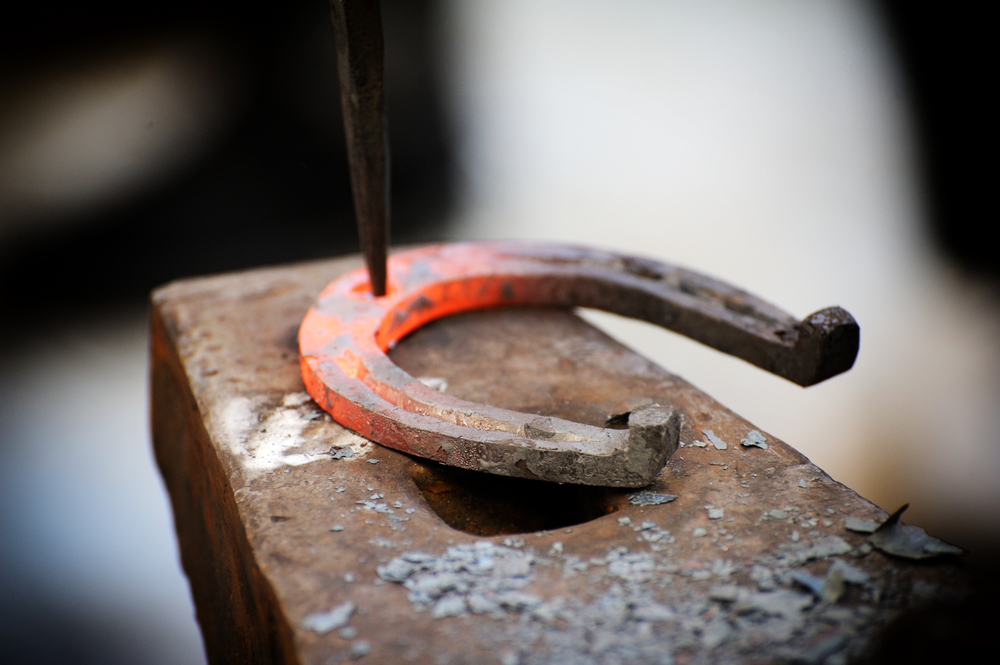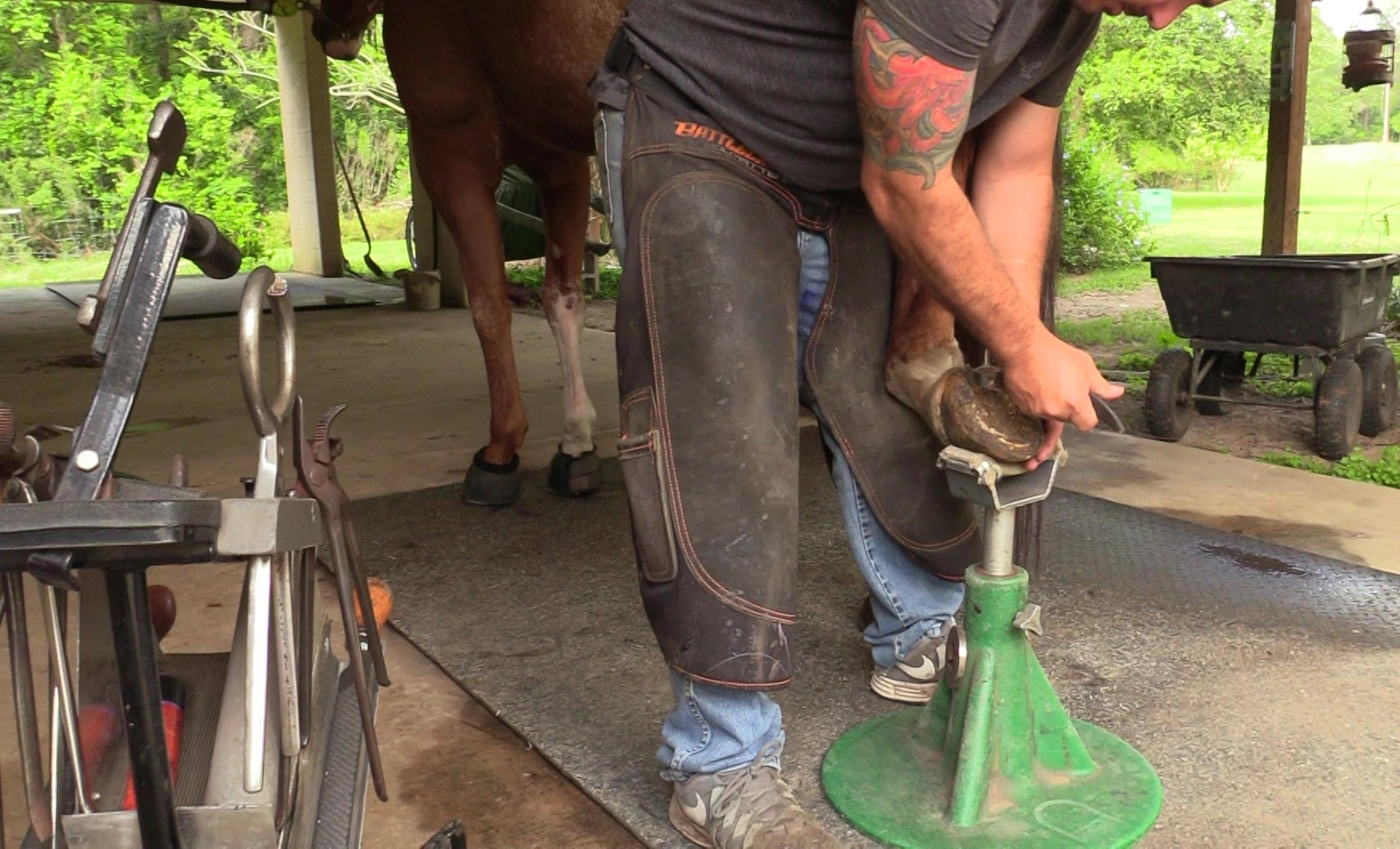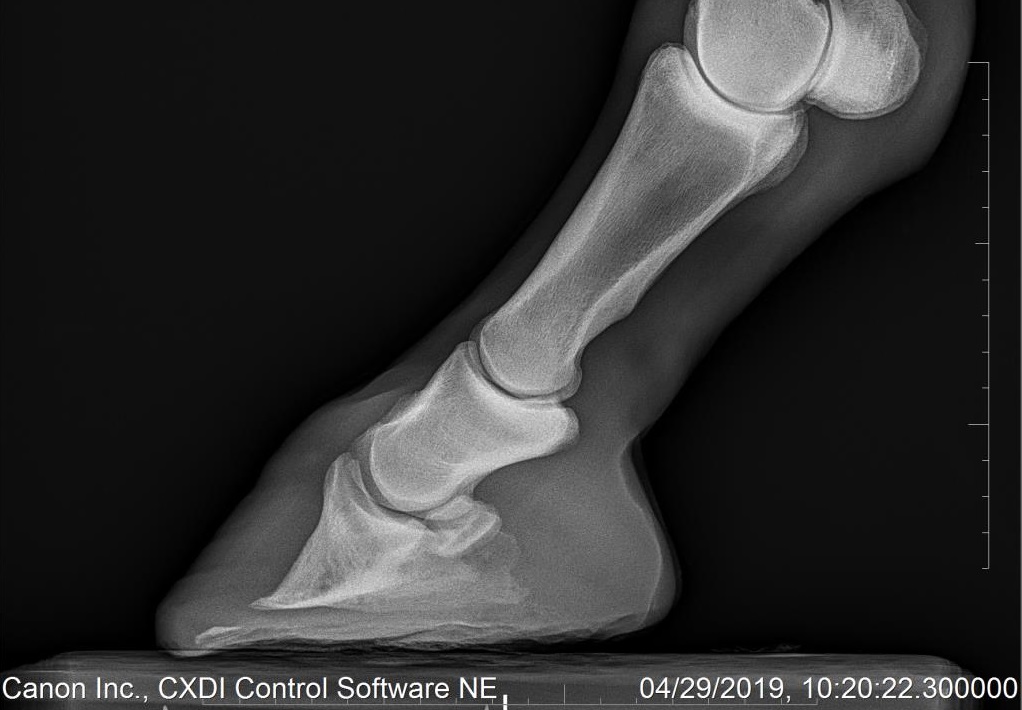
Equine Podiatry
Tuesdays with Tony
It was so wonderful to see everyone at our seminar Thursday night! I haven’t been feeling like myself lately. Seeing all of your smiling faces really lifted my mood and made me feel much better. It’s been so long since we’ve been able to have in-person events, and I’m excited that we are starting up monthly seminars again.
This week I want to recap Thursday’s seminar topic, Equine Podiatry, just in case you missed anything. I consider myself one extremely lucky cat to be in the presence of such incredible doctors every day. Dr. Staples is no exception; she has been a wonderful addition to the Springhill Team and her knowledge of all things horse feet far exceeds that of mine, which is saying a lot. Dr. Staples is an Equine Podiatrist (which means she’s both a Veterinarian and a Certified Journeyman Farrier), and Thursday night’s seminar was an introduction to all things equine podiatry. We discussed everything from anatomy and conformation to common issues and diseases.

You all know the saying, “no hoof, no horse,” and there is no truer saying. The number of soundness problems my docs see that start from hoof problems is tenfold. Conformation plays a huge role in how the anatomy of your horse’s hoof is affected. No horse has the perfect conformation or the perfect feet, but what you do with the imperfections can pave the way for your horse’s comfort and soundness.
A normal hoof will have a straight hoof-pastern axis. It will also have even wall height medially and laterally with a frog centrally set that hits the ground evenly and lightly. When a horse has a normal hoof, they are more capable of withstanding the pressures applied to the foot and leg with movement. A normal hoof will have a 3-5 degree positive palmar/plantar angle which allows the horse to move his feet in ways that the digital cushion can support and that the tendons and ligaments are not overly strained.
Sloping hooves have a broken back hoof-pastern angle often because the horse has a long pastern. These horses are your flat-footed horses. Their frogs often hit the ground with more force and absorb more of the concussive forces. Horses with flat feet lose a large portion of their squishy digital cushion, they are prone to long toes and underrun heels. This also makes them more susceptible to have a negative palmar/plantar angle of their coffin bone. The more negative the palmar/plantar angle, the more tension is placed on the tendons and ligaments which can lead to tears and injury.
Upright hooves result in a broken forward hoof-pastern angle, which gives the appearance of a club-like foot. It doesn’t necessarily mean the horse if club footed, it means the hoof is extremely vertical, the frog rarely hits the ground, and the toe of the sole ends up taking on most of the concussive forces when the horse moves. These horses are often foot sore at the toe because as the horse moves, it’s basically stubbing his toe with every step. An upright foot also put undue stress on a horse’s tendons and ligaments which can lead to soundness problems, including tears. Cats are made perfectly and never have issues with conformation or anatomy, so learning about how a small change in structure can result in catastrophic problems for a horse really made me appreciate 1) cats, and 2) our farriers for keeping these horse feet in working order.

Dr. Staples talked a bit about different diseases that can affect the hoof, and how conformation can cause abnormal forces, which can lead to disease, and how disease can lead to the hoof structure becoming abnormally shaped. Systemic diseases such as sepsis or endocrine diseases (including Cushings) can lead to hoof problems.
Laminitis is a disease of the hoof that plagues horse owners. It is the 9-letter word of the horse world and is one word horse owners never want to hear. Systemic disease increases a horse’s likelihood of developing laminitis. Laminitis occurs when the Velcro (lamina) that holds together the hoof wall and the coffin bone became inflamed and starts to separate. Separation of the lamina allows for downward rotation and/or sinking of the coffin bone within the hoof capsule. Similarly, disease of the hoof such as white line disease can lead to the separation of the lamina and result in laminitis if it’s not treated quickly and effectively. Yet another cause of laminitis is injury to a limb resulting in inflammation of the opposite limb because the horse is putting most of his weight on the limb opposite the injury.
Not everything that affects the hoof results in laminitis. Conformation can affect how a horse’s hoof grows which can result in abnormal forces on the hooves. Conformation can be addressed by your farrier and changes in shoeing can be used to help compensate for the abnormal forces caused by poor conformation. Poor trimming/shoeing can also cause abnormal forces. Toes that are left too long or toes that are trimmed too short can cause soundness problems and put undue stress on your horse’s limbs. A good working relationship between your veterinarian and farrier is essential to correcting trimming/shoeing problems.
The number of problems that can affect feet is innumerable. Nothing is more frustrating for an owner than an abscess. Chronic abscesses are even more frustrating. The shape of a horse’s hoof can make them more prone to abscesses, the environment can be the cause of abscess, and irregularities such as tumors within the hoof capsule can lead to abscesses. Flat-footed horses with long toes tend to develop abscess more frequently than horses with a normal hoof. Florida is a hotspot for hoof abscesses in horses. It’s wet 90% of the year. Horses are bred to be in drier environments. The constant wetness in Florida keeps horse’s hooves moist, and opens up micro holes in the foot that allows bacteria to seep in resulting in an abscess. If your horse is one of those horses who has repeat abscesses, I highly advise you to get your veterinarian involved. There could be a much deeper issue that requires veterinary intervention.
Occasionally hoses can develop benign tumors in their hoof which causes pressure points on the coffin bone resulting in bone loss and recurrent abscesses. These tumors are called keratomas. They can result in lameness, but they can also be present without issue. The only way to diagnose a keratoma is with radiographs. This is where your veterinarian can provide insight to the inside workings of your horse’s hooves.

This leads me to my next soap box: An ounce of prevention is worth a pound of cure. And this is where you all have to play your part. Be involved, be aware and know when you need to seek help. You know your horse better than anyone else which means you know when something is off. Your vet and farrier know your horse pretty well too, and having them involved in wellness care for your horse can prevent hoof problems and identify them early should they arise.
Routine blood work to screen for Cushings and routine radiographs that are shared with your farrier can help identify problems early on and help to resolve the complication before it becomes a major, potentially life-threatening issue. Communication between your veterinarian and farrier about your horse’s overall health and hooves can result in the prevention of disease and hoof worries. Therefore, take it from this old cat, have your horse’s feet attended to by your farrier every 4 to 8 weeks (depending on your farrier’s recommendations), continue wellness prevention with your veterinarian every 6 months, and don’t be afraid to call your veterinarian if you believe there is any change to your horse. I promise you, it will save you a lot of money, a lot of heart ache and potentially your horse’s life.
Until next week,
~Tony
P.S. You can find the video of the seminar over on my YouTube Channel if you didn’t see it live. There are a lot of other videos there that you might find useful, too. For example, you can Click Here to see a video that explains how to assess your horse’s feet and see if the angles are right. See how hard I work for you humans and your horses? You’re welcome. Just make sure you scratch my chin next time you see me.
Tuesdays with Tony is the official blog of Tony the Clinic Cat at Springhill Equine Veterinary Clinic in Newberry, Florida. If you liked this blog, please subscribe below, and share it with your friends on social media! For more information, please call us at (352) 472-1620, visit our website at SpringhillEquine.com, or follow us on Facebook!
[jetpack_subscription_form title="Subscribe to Whinny's Wisdoms"]

